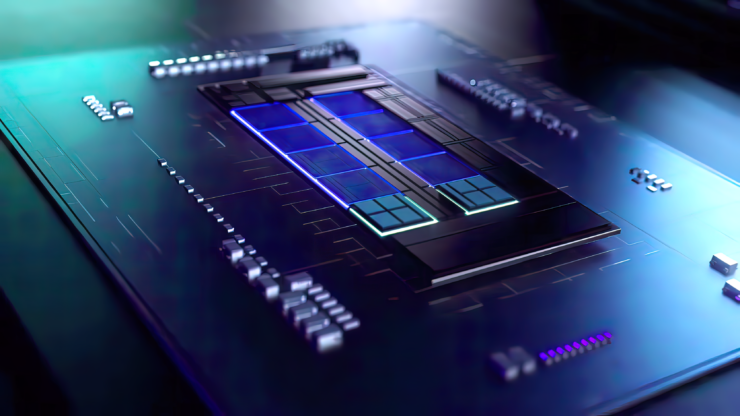I certainly think this is legit. Lots of interesting details to dissect.
- Up to DDR5-6400 for 1 DIMM per channel.
- MCR support confirmed, up to an effective 8000MT/s (hope this eventually trickles down to HEDT...)
- Self-Boot == no chipset required?
- Goes up to at least 500W.
Also, wow, 20 layer PCB. That must cost a pretty penny.
Prob the most interesting part about this IMO is power draw.
Ignoring connectivity costs for now...
SPR gets 350/60 = 5.83 watts per core
And GNR should get 500/128 = 3.91 watts per core
But because the interconnect should be way bigger for GNR, I expect the relative value should be even lower considering the larger overhead, and also from having to connect to more physical tiles as well for across tile communication.
A less than 33% reduction in power/core.
If you look at the AMD side of things, it doesn't look like their power/core moves down much from like ~4.0-4.5 watts per core (with connectivity + IO in mind so less than that) despite architecture changes and node shrinks
And Turin having the same core count but reaching a 600W TDP (20% more) makes little sense in comparison, unless
A) the power/frequency scaling for Zen 5 is really good
B) the interconnect cost for Turin is relatively high (afterall they use way more chiplets, and I'm pretty sure iFOP is less efficient than EMIB)
C) Could be additional accelerators on Turin that cause extra power consumption?
D) RWC+ is more efficient than Zen 5 (doubt) or IPC is higher, so they can clock less
E) Intel 3 is marginally to a full node superior to TSMC N4
Or it could be some combination of such.
It makes little sense to me, IMO, that if GNR and Turin have the same core count, and GNR only has marginally worse IPC than Turin, and ends up being only marginally worse in total MT performance, why Intel would decide to potentially kneecap their competitiveness by then only limiting their power draw to 500W.
I also believe both companies have a relative idea of where they are relative to eachother and where they
would be relative to eachother in terms of performance.
I don't think it's a coincidence that SPR was planned to be a Milan competitor and come out with 60 cores.
And I don't think it's a coincidence that Intel mockups in their own presentations, along with leaks, were showing 96 cores split in 2 Tiles for GNR when it was on Intel 4 and coming out in 2023, and supposed to release against Milan.
And lastly, I still don't think it's a coincidence that both GNR and Zen 5 are rumored to have similar, if not the same core counts.



